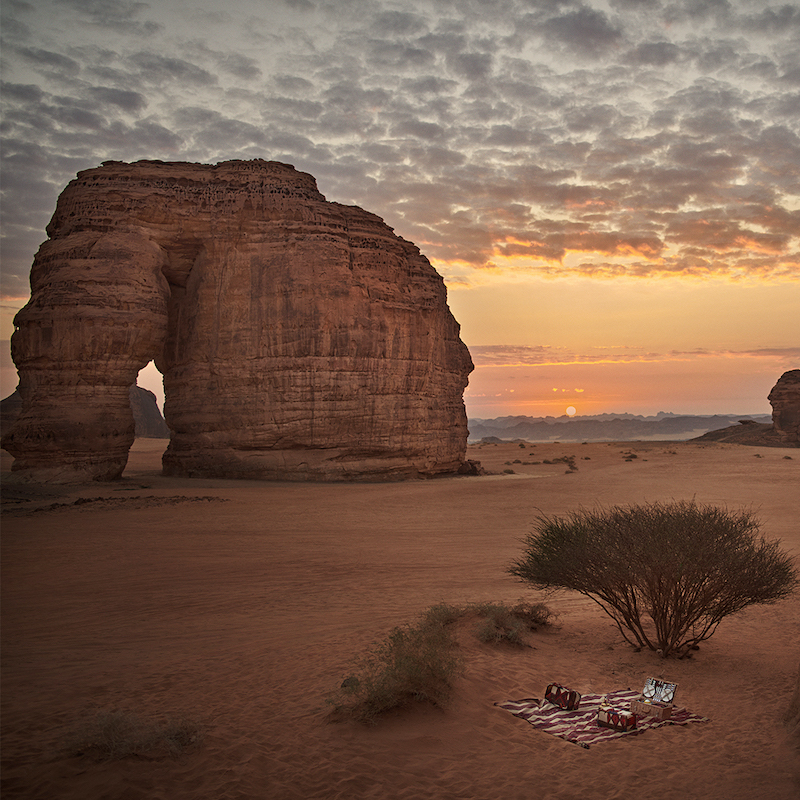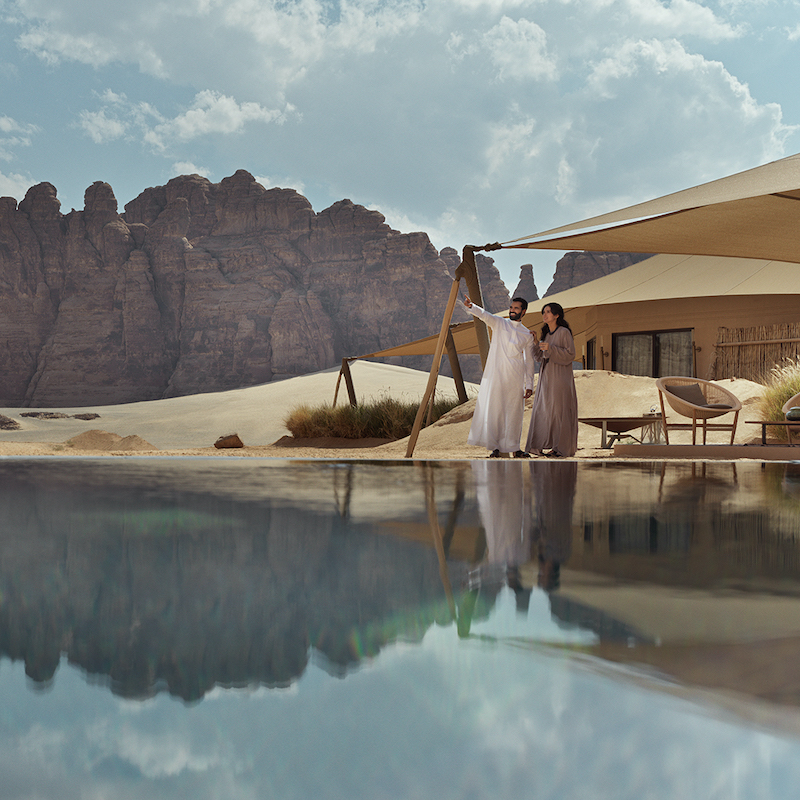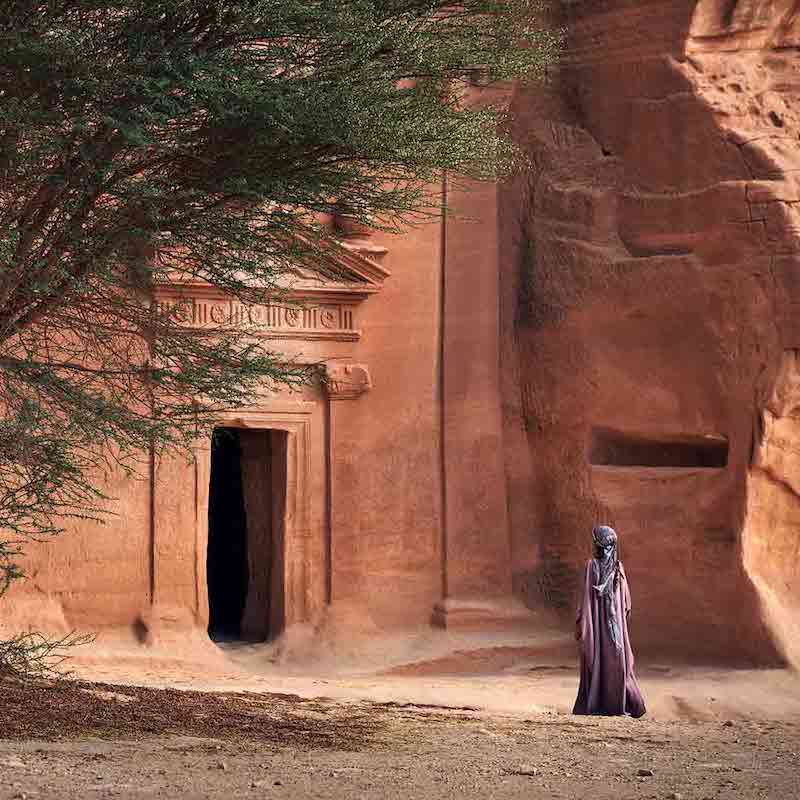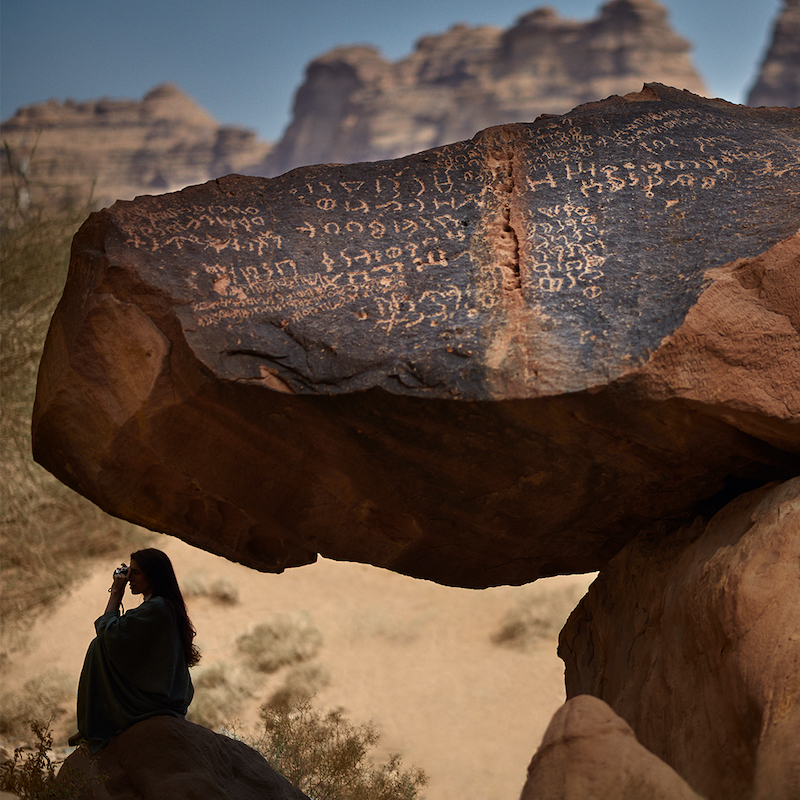This website uses cookies so that we can provide you with the best user experience possible. Cookie information is stored in your browser and performs functions such as recognising you when you return to our website and helping our team to understand which sections of the website you find most interesting and useful.
AlUla: Saudi Arabia’s travel pitch to a post-pandemic world
By Tempus | 22 January 2021 | Travel
Although seen as an unorthodox destination for many travellers, the Kingdom’s cultural heritage needs to be seen to be believed

If most discering travellers were to reel off their bucket list of travel destinations, the inclusion of the Kingdom of Saudi Arabia would perhaps be something of a eyebrow-raiser. Though its charms are well-known among its Middle Eastern neighbours, it is a country that has, for the most part, failed to attract significant tourists numbers from the West, having discouraged outsiders from visiting for decades.
Now however, as the country undergoes a significant liberalisation drive that has seen a loosening of strict traditional values, Saudi Arabia appears keen to be one of the first destinations on every prospective holidaymaker's lips once the pandemic subsides.

To this end, last week saw the launch of the first ever destination brand campaign for AlUla, a cultural and historical region of Saudi Arabia which the Kingdom has decided to proudly show off to the world – and for good reason. It is a remarkable, mostly untouched corner of the Middle East containing astonishing ancient heritage sites mostly unknown to the outside world.
Located 1,100 km from Riyadh, AlUla is a vast area, covering 22,561km² and includes a lush oasis valley, towering sandstone mountains and ancient cultural heritage sites dating back thousands of years to when the Lihyan and Nabataean kingdoms reigned.
The most well-known and recognised site in AlUla is Hegra, Saudi Arabia’s first UNESCO World Heritage Site. A 52-hectare ancient city, Hegra was the principal southern city of the Nabataean Kingdom and is comprised of more than 100 well preserved tombs with elaborate facades cut out of the sandstone outcrops surrounding the walled urban settlement. Current research also suggests Hegra was the most southern outpost of the Roman Empire after conquering the Nabataeans in 106 CE.

In addition to Hegra, AlUla is home to a fascinating historical and archaeological sites such as: Ancient Dadan, the capital of the Dadan and Lihyan Kingdoms, which is considered one of the most developed 1st-millennium BCE cities of the Arabian Peninsula; thousands of ancient rock art sites and inscriptions at Jabal Ikmah; Old Town, a labyrinth of more than 900 mudbrick homes developed from at least the 12th century, and Hijaz Railway and Hegra Fort, key sites in the story and conquests of Lawrence of Arabia.
Meanwhile, adventure tourists can tour the key sites of the Ashar Valley in a desert buggy, or zipline through the region's myriad canyons. For families, farm visits located close to Hegra offer a chance to get up close and personal with the local flora and fauna.

AlUla’s new brand campaign is expected help to Saudi Arabia reach its long term target of welcoming two million visitors by 2035. Melanie de Souza, executive director of marketing at the Royal Commission for AlUla, said: "We are already receiving a lot of interest from international travellers excited to explore a new destination with such history including 7000 years of civilisations from the Nabataeans to the Romans."
"The travel landscape has been irreversibly altered, but as travel slowly resumes, research tells us people will be looking for meaningful travel, vast open spaces and close to nature experiences," she added. "AlUla is well-positioned in the domestic market for all of those reasons and internationally as a new and significant boutique heritage and culture destination."

The Commission's chief management and marketing officer Phillip Jones added: "Our heritage sites are now available all year-round and with new hotels, restaurants and adventure experiences including trails, bikes and buggies coming throughout 2021 we encourage visitors to book ahead, think about mid-week and plan to stay a few days."
AlUla is the first of the Saudi Vision 2030 projects to open to tourism following the Kingdom of Saudi Arabia launching visitor visas for the first time in September 2019. Saudi Arabia was added to the UK corridor list on 10 December 2020.








